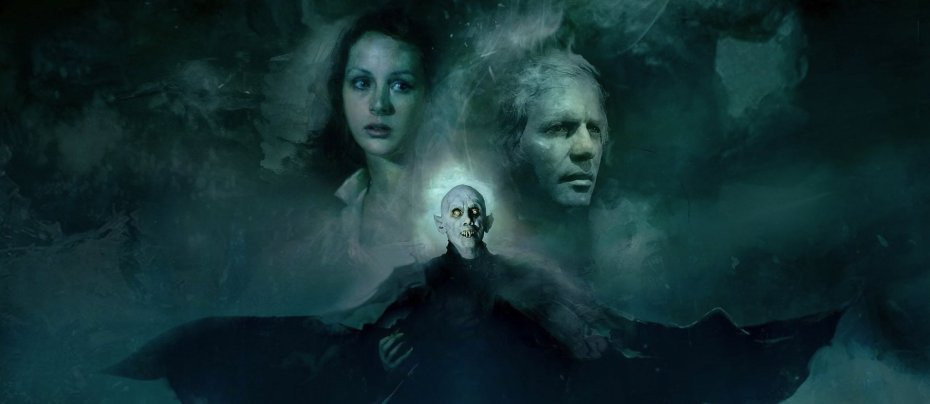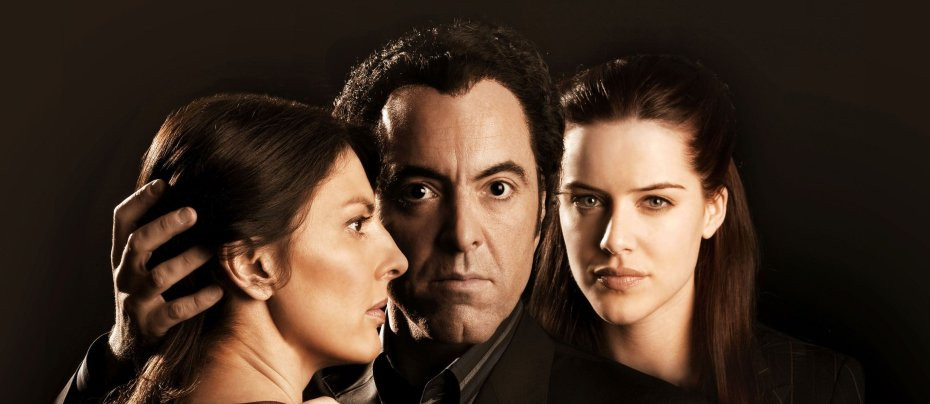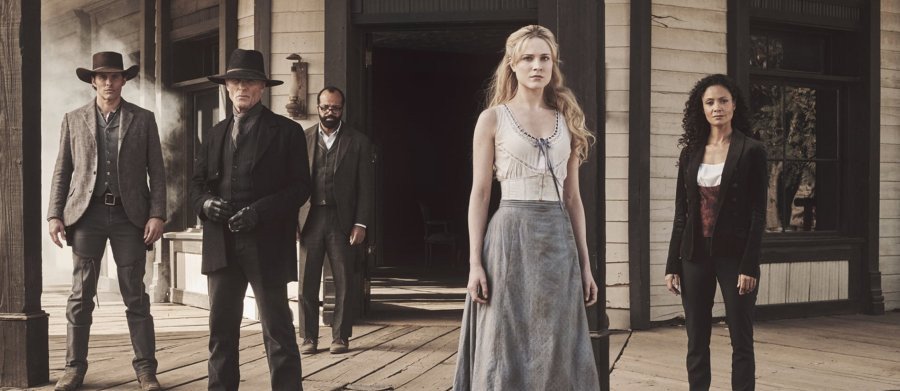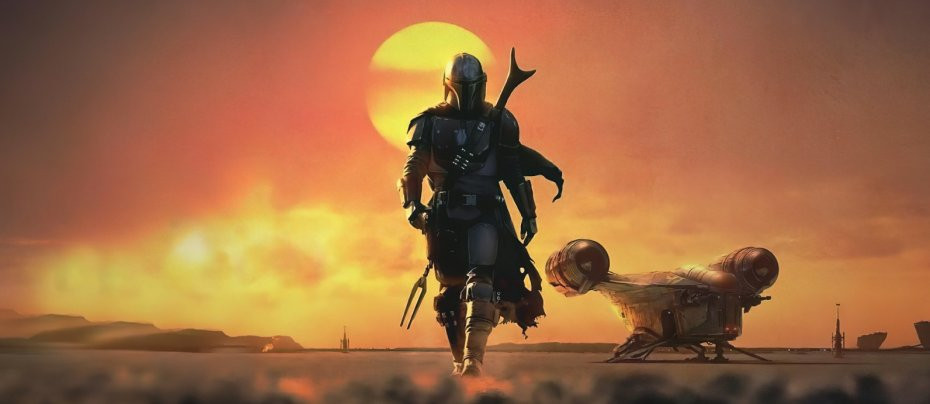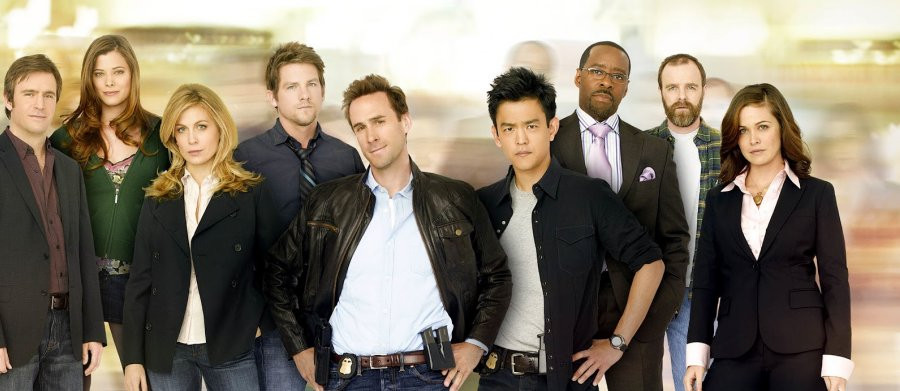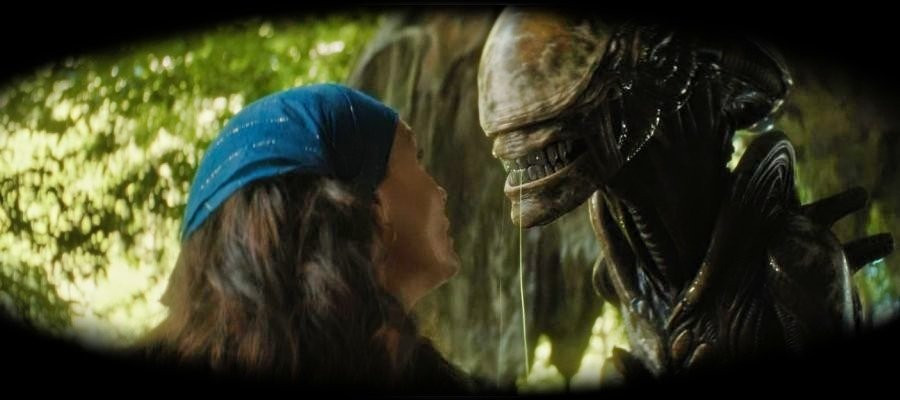
Alien: Earth
2025 - United StatesWhen Alien hit cinemas in 1979 it immediately became a landmark of science fiction and horror. Space monsters were no longer relegated to hoary old B-movies but could be the focus of critically acclaimed films; action films could revolve around their heroines instead of leaving them as love interests for brave, strapping men; and a dark new vision of the future arrived that still influences science fiction today.
Over nearly fifty years, Alien has expanded from that first classic film to a franchise that includes not only eight more movies but short films, novels, comics and games. Something the mainline films have so far largely kept away from is planet Earth itself. There are scenes that take place on Earth, but while often suggested as a logical next step for the film series, an actual “Aliens attack Earth” scenario has remained the province of the spin-offs, notably the Alien vs Predator crossover films.
The other place the franchise has avoided until now is television. It’s maybe appropriate then that the Alien saga has now taken on both uncharted territories together in the eight-part Disney Plus series Alien: Earth. Directed and chiefly written by Noah Hawley, a creator with a unique vision known for creating the remarkable drama series Fargo and Legion.
Set in 2120, a mere two years before the events of Alien, the series is the third attempt at a prequel to the classic film. Hawley has explicitly ignored the previous timelines, instead creating his own idea of the future which contains Alien and its direct sequel Aliens, ignoring all other sequels, prequels, “midquels” and spin-offs. Hawley posits a depressingly believable future world order, where nations have fallen and instead the Earth is divided up between five gigantic corporations that, between them, own everything.
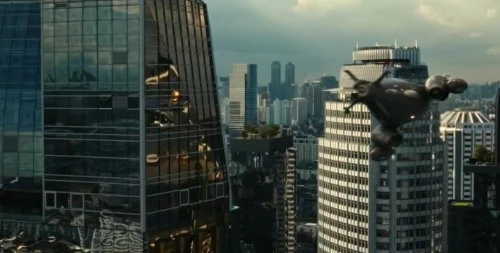
One of these is Weyland-Yutani, the infamous “Company” of the original film that owns and operates the Nostromo (on which Ellen Ripley and her crewmates are fast asleep as the events of this series play out). Another such company ship, the Maginot, has been on a 65-year-long mission into deep space to collect biological specimens for research. The series begins on this vessel as it heads to Earth, out-of-control, a familiar nasty extraterrestrial on the loose within its hull. The ship crashes into New Siam, a populous city owned by another company, the rapidly growing start-up Prodigy.
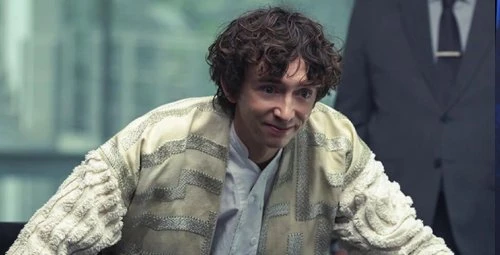
Corporate greed is at the heart of the series, as Prodigy head Boy Kavalier – a trillionaire super-genius and all-round irritating oik – not only seeks reparations from Weyland-Yutani but also claims salvage on the ship. Samuel Blenkin (Black Mirror, Peaky Blinders) makes Kavalier a fascinating, unpredictable character who dominates his scenes but who you also want to punch in the face at all times. He’ll stop at nothing to acquire the exciting biological specimens that have crashed down to Earth with the Maginot, and just like his rival CEO Ms. Yutani (Sandra Yi Sencindiver – Foundation) he doesn’t care about the lives lost in process.
Among the alien creatures that escape into the ship and are captured by Prodigy’s forces are the classic Alien we all know and fear. Also referred to as the xenomorph – just another word for alien, that – this nasty piece of work is just as terrifying as ever, always the ultimate threat and rapidly breeding via the tried-and-true methods that once made such a mess of John Hurt’s T-shirt. Unusually, though, the xenomorph isn’t the only alien monster in the series; in fact, it isn’t even really the focus. While prequel film Prometheus presented an array of creatures, they were all part of the xenomorph’s elaborate (and increasingly nonsensical) life cycle. Alien: Earth presents an array of creatures from who-knows-where, including some nasty bloodsucking bugs; an acid-spewing fly that eats metal; a huge, carnivorous pod; and everyone’s favourite, an eyeball with tentacles that can possess other life forms and is seemingly highly intelligent.
Yet, although the aliens are all fascinating and suitably gruesome, they are not the focus of this story. That, instead, is the other perennial fascination of the Alien franchise: artificial humans. Ever since Ian Holm went haywire in the original film, synthetics, as they prefer to be called, have been a mainstay of the franchise. Alien: Earth positions itself at a crossroads in humanity’s development as the rival corporations compete to develop the latest advances in transhuman science. While both Prodigy and Weyland-Yutani manufacture fully synthetic beings, they have developed different ways to enhance human beings beyond their natural means.
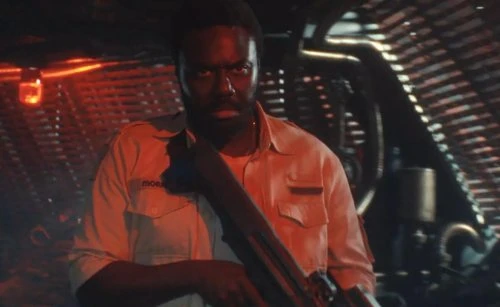
Weyland-Yutani has created cyborgs, such as their enigmatic employee Morrow, the only survivor of the loss of the Maginot. Babou Ceesay (Wolfe; We Hunt Together; Damilola, Our Loved Boy) portrays the cyborg as a frighteningly uncompromising force, who initially appears to be an outright villain before greater depths to his character are revealed. While incredibly strong and granted all manner of enhancements, cyborgs like Morrow are still fundamentally human.
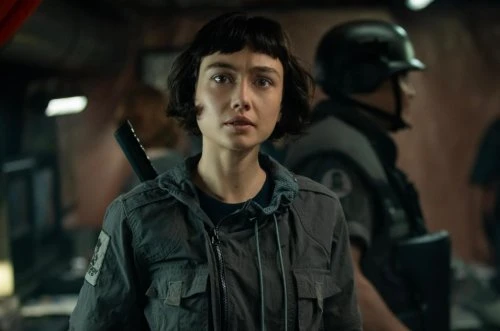
Boy Kavalier, however, has perfected the technique of transferring human consciousness into artificial bodies, creating a groundbreaking new form of life he terms hybrids. However, he has yet to crack his ultimate goal, to transfer an adult mind, and so far, the only minds that can survive the process are the more malleable ones of children. Marcy Hermit, a young girl with a terminal illness, becomes Wendy, the first successful hybrid. Played with great sympathy and depth by Sydney Chandler (Pistol, Sugar, SKAM Austin), she is the true protagonist of the series, the de facto leader of the Lost Boys, Kavalier’s troop of hybrids. Alongside her, occasionally at odds with her, is her elder brother Joe, who happens to be a member of Prodigy’s security force and therefore called in to secure the crashed ship and the alien specimens. He’s played by the slight and subdued Alex Lawther (Black Mirror, The End of the F***ing World), exactly the sort of actor you wouldn’t expect cast as part of a crack commando team, and all the more effective for it.
Boy Kavalier is obsessed with Peter Pan (thanks to this being a Disney production, the classic movie is often seen playing in the background), and naturally determined to never grow up, hence his determination to perfect the hybrid process. He also has a further goal of creating a person intelligent enough to have a decent conversation with; and then there’s all the money he’ll make, of course. He also sees his Lost Boys as his own special ops group, happily sending them into alien-infested danger zones to test out their enhanced strength and intelligence. In spite of their adult bodies, they’re all still children, with children’s fears, imaginations and unpredictability. Not only does each child have to adjust to waking up in an adult body, having to skip straight over puberty without time to grow up, and having their names stripped from them, but they also have to learn how to live as an artificial being. A bunch of kids with superhuman strength and unknown abilities is even more dangerous than the aliens.
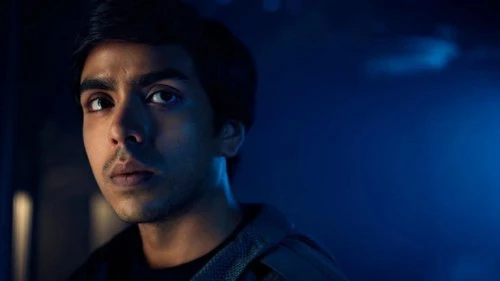
Standouts among the Lost Boys include Adarsh Ghourav (Hostel Daze, Extrapolation) as the vulnerable Slightly, and Lily Newmark (Sex Education, A Gentleman in Moscow) as Nibs, whose sanity begins to slip quite rapidly after the process. Essie Davis (Miss Fisher’s Murder Mysteries, Game of Thrones) and David Rysdahl (Fargo) play married Prodigy employees Dame and Arthur Sylvia, who find themselves increasingly disturbed by the treatment of the hybrids.
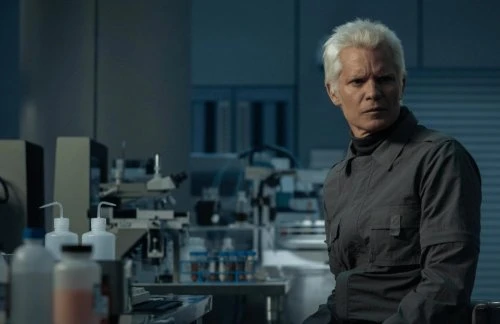
It takes a moment to recognise a silver-haired Timothy Olyphant (Deadwood, Santa Clarita Diet) in a restrained, layered performance as the hyper-intelligent synthetic Kirsh, chief scientist on the project. Rounding out the Prodigy elite is the wonderfully named Atom Eins, Kavalier’s amoral right-hand man, played by a quietly sinister and remarkably subtle Adrian Edmondson (Bottom, The Young Ones).
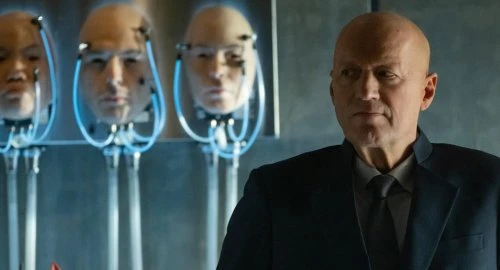
Across eight episodes, Alien: Earth deals with such perennial themes as greed, growing up and parent-child conflict, and complex questions of what it means to be human and what our species may become. In spite of being set on Earth, the series refrains from letting the aliens loose into the general populace (aside from one remarkably satisfying sequence in an apartment block in New Siam). Instead, Hawley recognises that the xenomorph and its fellow creatures work best in isolated locations; not only does this make the threat to the main characters ever present, it also provides extra tension as they fear what will happen if they do get out. While the classic Alien isn’t the real focus this time, the series does some new and fascinating things with it, while never changing its nature. Much of this focuses on Wendy and her unexpected bond with the creature, all hinting at her eventual evolution into something quite beyond human.
Nonetheless, the standout episode is the fifth, “In Space, No One…” which flashes back to the disaster on the Maginot before the crash, casting Morrow and his part in events in a different light, while also giving the limelight to a guest cast including Richa Moorjani (Never Have I Ever), Karen Aldridge (Severance) and Michael Smiley (Bleak House) as the Maginot crew. It’s the closest the series gets to the original film, down to the fidelity of the sets and computer terminals to the ones from 1979, yet still manages to provide new and interesting ways for the alien infestation to play out.
The series ends in a way that is equally intriguing, affirming and alarming, one that will start the second season (surely a given) with an entirely new status quo. On the way, Alien: Earth presents a vision of the future that expands upon that of the original film, with a profound mix of philosophy, speculation and gory horror. Not for the squeamish or the inattentive, this is an exceptional science fiction production that, more than any of this century’s Alien films, shows there’s still life in the franchise. Plus, you get to see Michael Smiley try to bite an Alien’s head off, which is worth the subscription price alone.
Seen this show? How do you rate it?
Seen this show? How do you rate it?
Published on October 10th, 2025. Written by Daniel Tessier for Television Heaven.


